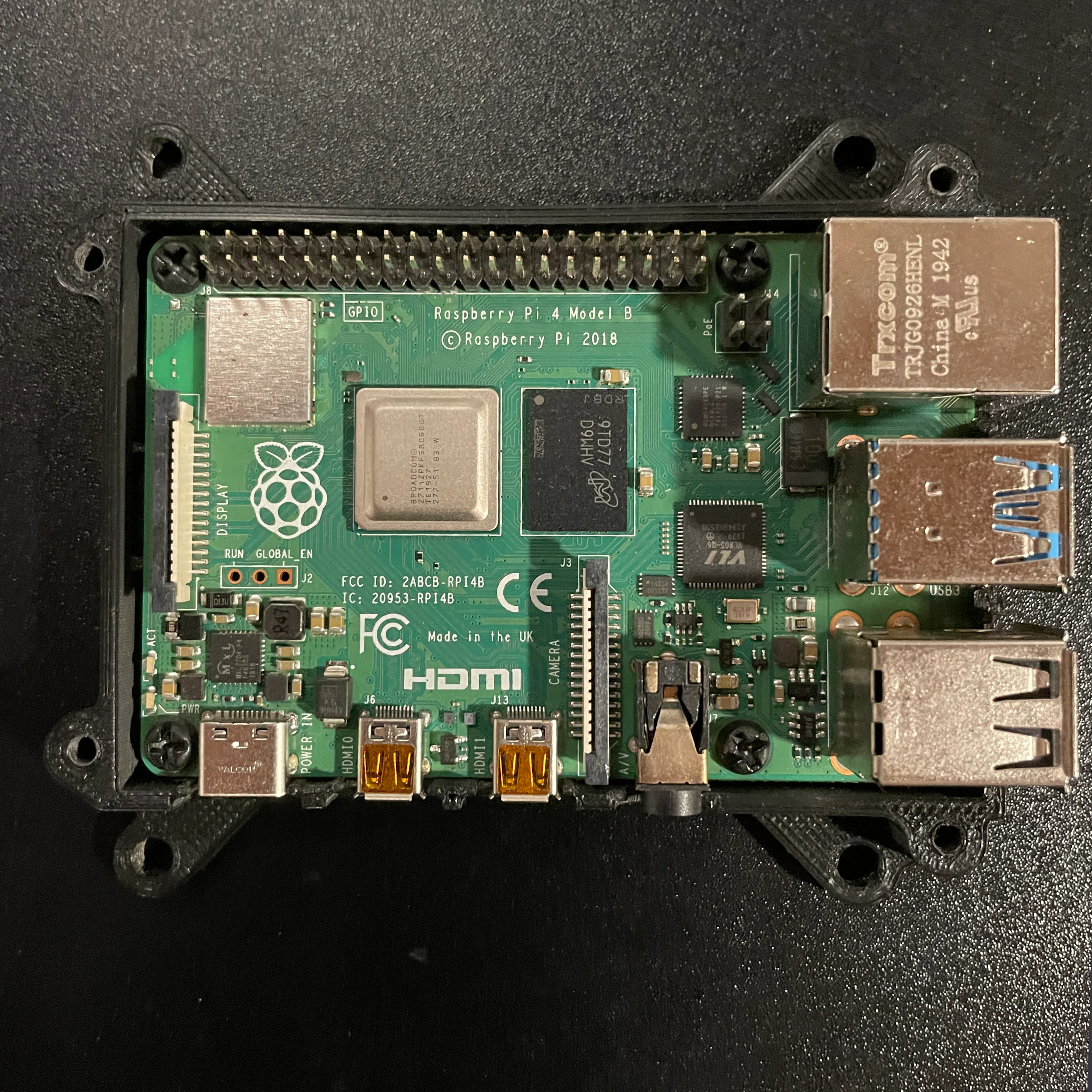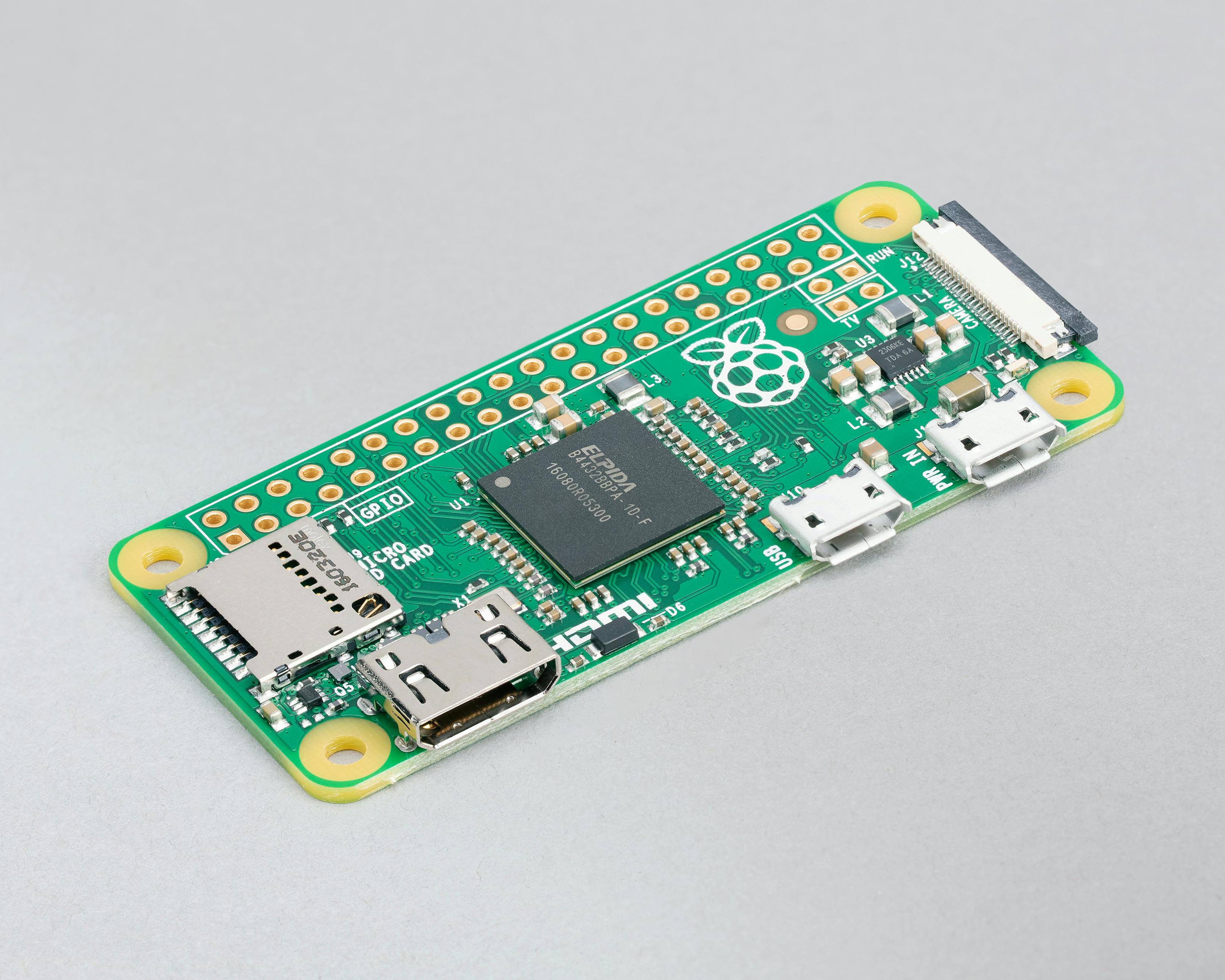How To Remotely Access Raspberry Pi: Troubleshooting RemoteIoT Not Working
Hey there, tech enthusiasts! If you're here, chances are you've been trying to remotely access your Raspberry Pi using RemoteIoT, but it's not working as expected. Don’t worry, you're not alone. Many users face similar challenges when setting up remote access for their Raspberry Pi projects. In this comprehensive guide, we’ll walk you through the process step by step, troubleshoot common issues, and help you get your Raspberry Pi up and running in no time.
Remote access to your Raspberry Pi opens up endless possibilities for IoT projects, home automation, and remote monitoring. But what happens when things don’t go as planned? Whether it’s a connectivity issue, configuration error, or firewall problem, we’ve got you covered. This article will dive deep into the world of remote Raspberry Pi access and provide practical solutions to fix RemoteIoT not working.
So grab your favorite beverage, sit back, and let’s unravel the mysteries of remote Raspberry Pi access together. By the end of this guide, you’ll be a pro at troubleshooting and setting up your Pi for seamless remote access. Let’s get started!
Table of Contents
- What is Remote Access for Raspberry Pi?
- Why Use RemoteIoT for Raspberry Pi?
- Common Issues with RemoteIoT Not Working
- Step-by-Step Guide to Set Up RemoteIoT
- Troubleshooting RemoteIoT Connectivity
- Firewall Settings for Raspberry Pi
- Network Configuration Tips
- Alternative Methods for Remote Access
- Best Practices for Secure Remote Access
- Conclusion: Mastering Raspberry Pi Remote Access
What is Remote Access for Raspberry Pi?
Remote access allows you to control your Raspberry Pi from anywhere in the world, as long as you have an internet connection. Think of it like having a remote control for your Pi. You can SSH into your device, transfer files, and even stream its desktop interface without being physically present. This feature is a game-changer for IoT enthusiasts, developers, and hobbyists alike.
When we talk about remotely accessing Raspberry Pi, we’re referring to tools and protocols that enable secure communication between your device and a remote client. Some popular methods include SSH (Secure Shell), VNC (Virtual Network Computing), and cloud-based solutions like RemoteIoT. Each method has its own advantages and challenges, which we’ll explore in this article.
Why Remote Access Matters
Imagine running a weather station in a remote location or monitoring your home security system while you’re on vacation. Remote access makes all of this possible. It’s not just about convenience; it’s about empowering you to manage your projects efficiently and effectively.
Why Use RemoteIoT for Raspberry Pi?
RemoteIoT is a powerful tool designed specifically for IoT devices, including Raspberry Pi. It simplifies the process of setting up remote access by providing an intuitive interface and robust features. Here are some reasons why RemoteIoT stands out:
- Easy Setup: No complicated configurations or technical jargon. Just follow the instructions, and you’re good to go.
- Secure Connection: RemoteIoT uses encryption to ensure your data remains safe during transmission.
- Cloud-Based: Access your Raspberry Pi from any device with an internet connection, without worrying about IP addresses or port forwarding.
- Support for Multiple Protocols: Whether you prefer SSH, VNC, or HTTP, RemoteIoT has got you covered.
However, like any tool, RemoteIoT can encounter issues. That’s where troubleshooting comes in.
Common Issues with RemoteIoT Not Working
Before we dive into the solutions, let’s identify some common problems users face when using RemoteIoT to remotely access their Raspberry Pi:
- Network Connectivity Issues: Your Raspberry Pi might not be connected to the internet, or there could be a problem with your Wi-Fi or Ethernet setup.
- Firewall Restrictions: Firewalls can block incoming connections, preventing RemoteIoT from functioning properly.
- Incorrect Configuration: A small mistake in the setup process can lead to connectivity failures.
- Outdated Software: Using outdated versions of RemoteIoT or Raspberry Pi OS can cause compatibility issues.
- Cloud Service Downtime: Sometimes, the issue lies with the RemoteIoT server itself, not your device.
Now that we know what can go wrong, let’s fix it!
Step-by-Step Guide to Set Up RemoteIoT
Setting up RemoteIoT for your Raspberry Pi is straightforward if you follow these steps:
Step 1: Install RemoteIoT Client
Begin by installing the RemoteIoT client on your Raspberry Pi. You can do this via the command line using the following commands:
sudo apt update
sudo apt install remoteiot-client
Step 2: Create an Account
Sign up for a RemoteIoT account on their official website. Once registered, log in to your account and retrieve your unique API key.
Step 3: Configure RemoteIoT
Use the API key to configure the RemoteIoT client on your Raspberry Pi. Run the following command:
remoteiot setup
Follow the on-screen instructions to complete the setup process.
Step 4: Test the Connection
After setup, test the connection by accessing your Raspberry Pi from another device. Use the RemoteIoT web interface or mobile app to ensure everything is working as expected.
Troubleshooting RemoteIoT Connectivity
If RemoteIoT is not working, don’t panic. Here’s how you can troubleshoot the issue:
Check Internet Connection
Ensure your Raspberry Pi is connected to the internet. You can test this by pinging a website:
ping google.com
If the ping fails, check your network settings and try reconnecting.
Verify Firewall Settings
Firewalls can block incoming connections. Make sure your Raspberry Pi’s firewall allows traffic on the necessary ports. Use the following command to check firewall rules:
sudo ufw status
If needed, allow specific ports using:
sudo ufw allow 22
Update Software
Ensure your Raspberry Pi OS and RemoteIoT client are up to date. Run the following commands:
sudo apt update && sudo apt upgrade
Restart Services
Restarting the RemoteIoT service can resolve temporary glitches. Use the following command:
sudo systemctl restart remoteiot
Firewall Settings for Raspberry Pi
Firewall settings play a crucial role in securing your Raspberry Pi while allowing remote access. Here are some tips to configure your firewall:
- Allow Necessary Ports: Ensure ports 22 (SSH), 5900 (VNC), and any other required ports are open.
- Enable UFW: The Uncomplicated Firewall (UFW) is a user-friendly tool for managing firewall rules on your Pi.
- Monitor Traffic: Regularly check firewall logs to identify and block suspicious activity.
By properly configuring your firewall, you can balance security and accessibility.
Network Configuration Tips
A stable network connection is essential for remote access. Here are some tips to optimize your network setup:
- Use Ethernet Whenever Possible: Wi-Fi can be unreliable for critical applications. Ethernet provides a more stable connection.
- Set a Static IP Address: Assigning a static IP address to your Raspberry Pi ensures consistent connectivity.
- Check Router Settings: Ensure your router supports the necessary protocols and doesn’t block incoming connections.
A well-configured network can significantly improve the performance of your remote access setup.
Alternative Methods for Remote Access
If RemoteIoT isn’t working for you, there are other methods to remotely access your Raspberry Pi:
SSH (Secure Shell)
SSH is a popular method for remote access. Use the following command to connect:
ssh pi@your-pi-ip-address
VNC (Virtual Network Computing)
VNC allows you to remotely control your Raspberry Pi’s desktop interface. Install the VNC server and client, then connect using the VNC viewer.
NGROK
NGROK is a cloud-based tunneling service that provides secure access to your Raspberry Pi. It’s easy to set up and works well for quick testing and development.
Best Practices for Secure Remote Access
Security should always be a top priority when setting up remote access. Here are some best practices to keep your Raspberry Pi safe:
- Use Strong Passwords: Avoid using default passwords and choose strong, unique credentials for your Pi.
- Enable Two-Factor Authentication: Add an extra layer of security by enabling 2FA whenever possible.
- Regularly Update Software: Keep your Raspberry Pi OS and all installed software up to date to patch vulnerabilities.
- Monitor Access Logs: Keep an eye on access logs to detect and respond to unauthorized access attempts.
By following these best practices, you can enjoy the benefits of remote access without compromising security.
Conclusion: Mastering Raspberry Pi Remote Access
In conclusion, remotely accessing your Raspberry Pi using RemoteIoT or other methods can enhance your IoT projects and simplify your workflow. While issues like RemoteIoT not working can be frustrating, troubleshooting and following best practices can resolve most problems. Remember to prioritize security, optimize your network configuration, and stay updated with the latest software versions.
We’d love to hear from you! If you have any questions, tips, or success stories about remotely accessing your Raspberry Pi, feel free to share them in the comments below. And don’t forget to check out our other articles for more Raspberry Pi tips and tricks. Happy tinkering!
Sources:



Detail Author:
- Name : Rigoberto Quitzon
- Username : nmohr
- Email : shaun.kerluke@grady.com
- Birthdate : 1997-05-18
- Address : 6682 Ignatius Roads Apt. 910 Schimmelland, SD 88559-4556
- Phone : +1.337.434.2584
- Company : Keeling-Nader
- Job : Teacher
- Bio : Exercitationem nihil ab et et est dolorum. Ullam praesentium quisquam dolores. Debitis et dolor sit ut quis molestiae occaecati.
Socials
twitter:
- url : https://twitter.com/tremblay1989
- username : tremblay1989
- bio : Adipisci sunt sit et temporibus voluptatem. Debitis distinctio deserunt quaerat quibusdam. Quisquam officia ut minus non rerum.
- followers : 1895
- following : 802
linkedin:
- url : https://linkedin.com/in/queen.tremblay
- username : queen.tremblay
- bio : Eum et vero eos atque.
- followers : 4992
- following : 1040
facebook:
- url : https://facebook.com/queen_tremblay
- username : queen_tremblay
- bio : Voluptas voluptas et quasi quo iure dicta saepe. Quis magni quis consequatur.
- followers : 4762
- following : 2978